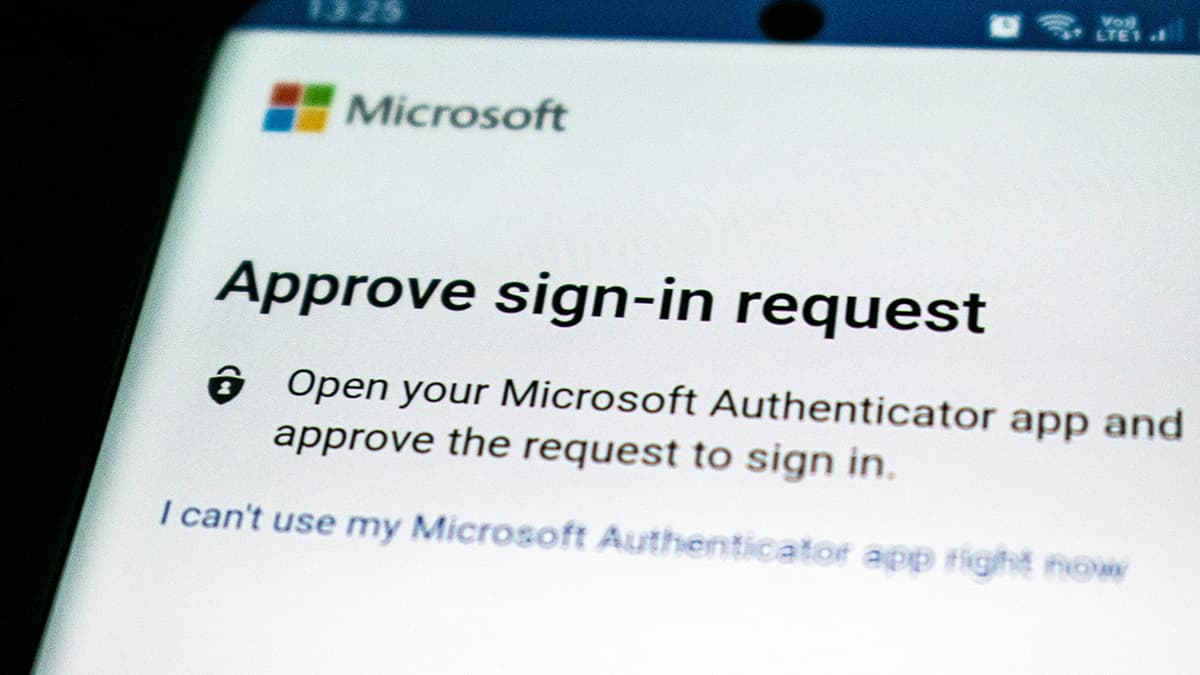Scrum Retrospective Template: Enhancing Agile Team Performance
Agile methodologies are widely used in software development. One key practice in Agile is the Scrum framework. Scrum is a structured approach that helps teams collaborate effectively and deliver quality products. At the heart of Scrum is the retrospective, a chance for the team to reflect and identify areas for improvement. This article presents a Scrum retrospective template designed to enhance Agile team performance.
The Scrum Retrospective: A Crucial Review Process
The retrospective is a vital part of the Scrum framework, occurring at the end of each sprint. Its purpose is to allow the team to examine their workflow, determine what went well, identify what could be improved, and establish actionable steps for future sprints. A well-structured template is essential for a productive retrospective. Below is an example of a comprehensive Scrum retrospective template:
1. Set the Stage
- Begin the retrospective by creating an open and inclusive environment. Ensure team members feel comfortable sharing their thoughts. Clearly state the purpose of the retrospective and stress the importance of constructive feedback.
2. Gather Data
- Collect objective data that reflects the team's performance during the sprint. This may include metrics such as velocity, burndown charts, customer feedback, and other relevant information. Objective data grounds discussions in factual evidence.
3. Generate Insights
- Encourage team members to share their observations about what worked well and what could be improved. Use techniques like the "Start, Stop, Continue" method or the "Mad, Sad, Glad" technique to gather individual perspectives. This step should promote open dialogue and reveal different viewpoints.
4. Identify Action Items
- Based on the insights generated, collaboratively identify actionable items for improvement. Prioritize these items by considering their potential impact and feasibility. Capture and assign action items to team members to ensure accountability.
5. Close the Retrospective
- Conclude the retrospective by summarizing the identified action items and emphasizing their importance. Thank the team for their participation and commitment to continuous improvement. Highlight the need to implement these action items in the next sprint.
The Scrum retrospective is a crucial tool for Agile teams to improve their performance. Using a well-structured retrospective template facilitates open communication and helps teams identify areas for enhancement. Regularly conducting retrospectives and implementing the identified action items can lead to greater team collaboration, efficiency, and project success in an Agile environment.












